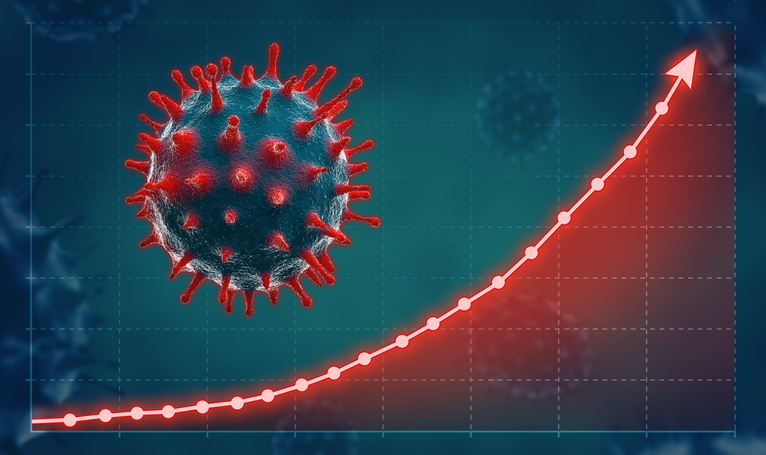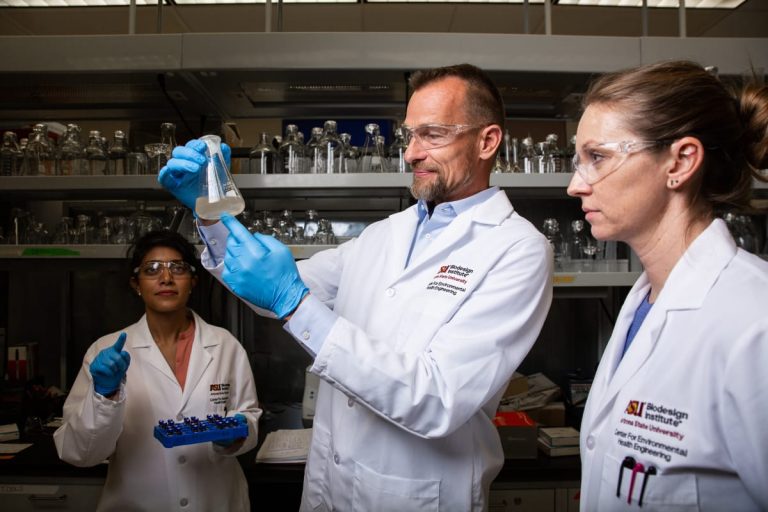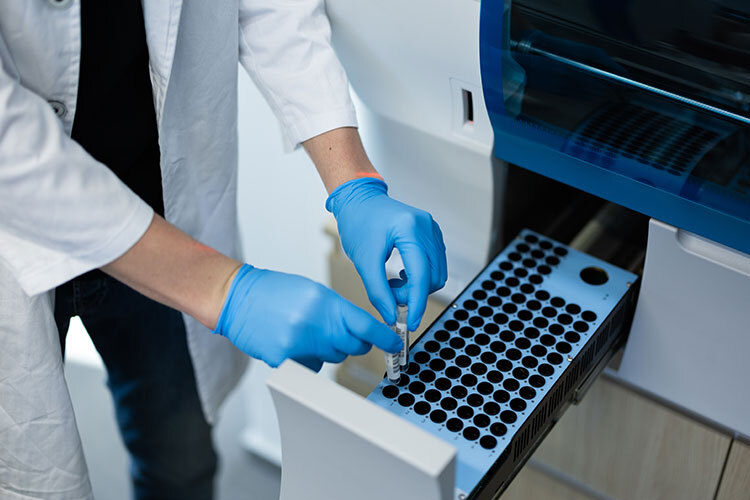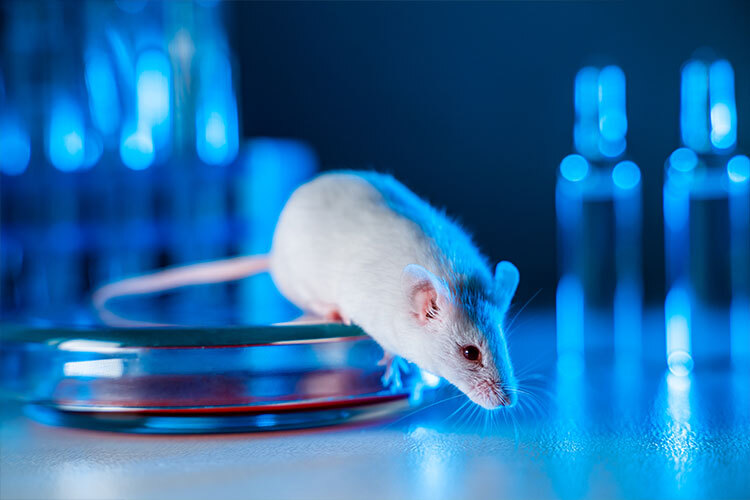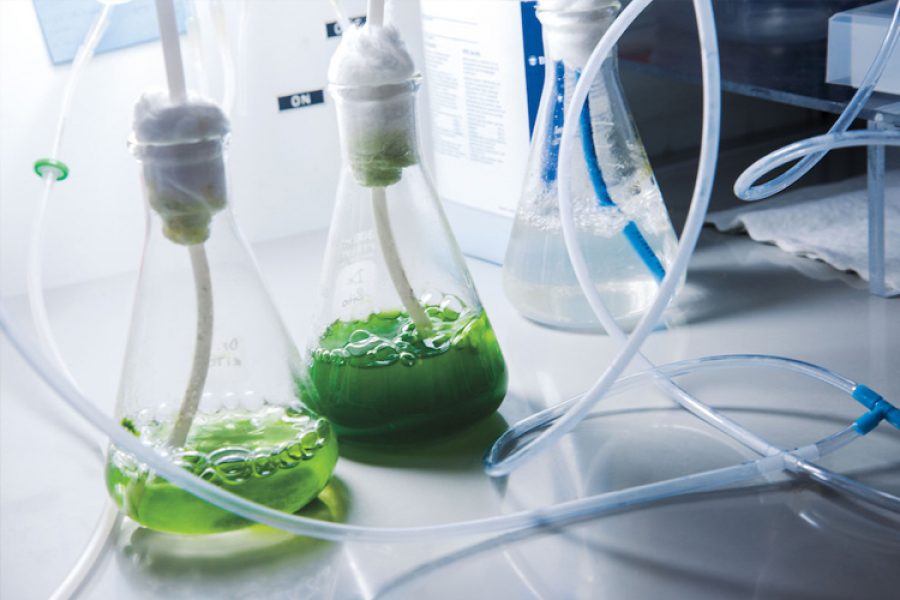Since October 2021, justices of Mexico’s Supreme Court of Justice have invalidated the four injunctions that PHI, Dow Agrosciences, Syngenta, and Bayer-Monsanto had filed since 2013 to allow the cultivation of genetically modified corn in the country.
Additionally, on February 13, 2023, the Mexican government issued a decree prohibiting “the use of genetically modified corn for masa and tortillas,” and finally, on March 17, 2025, Mexico’s president, Claudia Sheinbaum, published a decree banning the use of genetically modified corn nationwide.
The most recent decree states that corn cultivation “within the national territory must be free of genetic modifications produced using techniques that surpass the natural barriers of reproduction or recombination, such as transgenics.” But what are the advantages and disadvantages of genetically modified corn?
What we need to know about transgenic corn
The conflict over this seed began eight years ago when the group Demanda Colectiva Maíz won an injunction to prevent granting permits for planting transgenic corn for commercial purposes, arguing that Mexico is the place of origin of corn and its diversification, with 64 varieties.
Due to its cultural, economic, gastronomic, and biological importance, civil associations have defended the preservation of the traditional crop and demanded that no permits should be granted to plant transgenic corn.
On the other hand, researchers warn that the country will have to continue importing a third of its grain from abroad if this scheme continues.
Transgenic corn, a campaign of demonization
The debate is ongoing, as groups of scientists who have studied Genetically Modified Organisms (GMOs) for decades point out that there is a campaign of demonization around GMOs, and it hasn’t been proven that they are more polluting or harmful to humans.
Sergio Román Othón Serna Saldívar, a professor and researcher at Tecnológico de Monterrey’s School of Engineering and Sciences on Monterrey Campus, explains that GMOs or transgenics are organisms that have had genes from other plants or microorganisms intentionally introduced into them.
“When we perform a genetic modification, 99.5% or more of the genome is identical to that of the corn. Only a minimal portion is modified,” he explains in an interview. More studies are done with minor and major species to ensure their safeness.
In fact, the research process takes up to 10 years to generate an improved variety of any crop −whether transgenic or otherwise− because the best grains are selected, sown a couple of times a year, harvested, taken to the laboratory, and then food is produced to verify aspects such as flavor and that they don’t produce any allergic reactions.
The CRISPR-Cas9 technique has made it possible to edit genomes more precisely, and these times have been shortened.
In any case, “when a variety is approved, it comes with a multitude of studies that ensure its safety,” says Sergio Román Othón Serna.
For corn, the bacillus vector is used, which inserts genes that express some benefit such as higher levels of protein, starches, antioxidants, phenolic compounds that protect against cardiovascular diseases, and vitamin A, as well as resistance to pests, droughts, and floods.
“The first GMO varieties of corn were made with the intention of introducing genes that would give it resistance to pests, mainly Lepidoptera (butterflies and moths) since a lot of productivity is lost due to the attack of larvae and caterpillars that feed on roots, stalks, and corn ears during formation,” he says.
This expert notes that it’s a myth that GMOs contaminate ecosystems, soil, or water more since the use of organochlorines such as DDT and organophosphates such as malathion (a common pesticide used to kill insects) is reduced.
Part of the research focuses on verifying that GMOs do not affect population dynamics, such as those of native insects that are beneficial to ecosystems.
The biotechnologist points out that the native corn variety may yield 1.5 tons per hectare and a transgenic variety up to 15 tons.
He recognizes the risk of large companies, which are practically monopolies, controlling the transgenic seed market and imposing their prices, which is already happening with hybrid varieties.
Serna Saldívar believes that this is where there should be greater control by the government, which should consider Mexican researchers who have made very important contributions in the field and who are willing to cede their patents.
“I believe that the Ministry of Agriculture and Rural Development (Sader) should be the leading authority in allocating federal funds to develop its own transgenic or improved varieties. Perhaps the path lies not only in transgenic varieties. We can develop highly competitive hybrids adapted to different areas of the country,” he says.
Serna Saldívar adds, “We need a policy that goes across presidential terms which won’t be interrupted if there are political changes in grain distribution logistics. I don’t know why that hasn’t happened if corn is the most important crop for Mexicans, but we continue to have the same productivity as we did 15 years ago”.
Contamination of native corn species
In 2013, the Mexican government was on the verge of granting 62 permits to plant genetically modified corn to Monsanto-Bayer, Dow Agrosciences Mexico, PHI Mexico, and Syngenta Agro for commercial purposes in the northern region of the country. At the same time, civil society organizations opposed it through the campaign “Sin maíz no hay país” (“There’s No Country Without Corn”) when they saw that experimental and pilot planting permits had already been authorized. Their objective was to stop further authorizations for commercial purposes.
“Until it’s been proven that corn isn’t subject to contamination, these precautionary measures should be kept in place and GMO seeds shouldn’t be planted,” explains Mercedes López Martínez, representative of Demanda Colectiva Maíz.
This collective, composed by 22 producer organizations and 53 people, including farmers, beekeepers, human rights activists, artists, and researchers, argues that the cultural and gastronomic legacy of the grain would be put at risk.
The domestication of corn dates back 8,000 years to when the first Mesoamerican populations started modifying teocintle, its wild relative, through agriculture. This ancestral practice could disappear.
Mercedes López argues that wild varieties could be contaminated since corn is a highly pollinated plant. Wind and insects easily transport the pollen grain from the ear to the stigma.
In fact, corn was declared an Intangible Heritage of Humanity by the United Nations Educational, Scientific, and Cultural Organization (Unesco) in 2010 as an essential food in Mexican culture and gastronomy.
Varieties such as bolita corn, used to cook tlayudas, or cacahuacintle corn, used to prepare pozole, tamales, pinole, and tortillas, could be affected by GMOs, according to this collective.
Additionally, the milpa is a cultivation system that includes chayotes, squashes, quelites, tomatoes, beans, and medicinal plants. In other words, it’s a very important traditional polyculture in the Mexican diet, as opposed to the monoculture that might be imposed with the planting of transgenic crops.
López Martínez adds that GMO seeds have ‘locks’ so that they cannot be sown in following seasons, creating a dependency of Mexican farmers on the companies that commercialize them, which would have repercussions on food sovereignty.
Opposition groups also link GMOs to the increase of diseases such as cancer, allergies, infertility, and others, in the population.
The government’s response
On December 31, 2020, a decree was issued in the National Gazette prohibiting the planting of transgenic corn and the phasing out of glyphosate, an herbicide, by 2024.
The Tec de Monterrey researcher questions this response, saying that it isn’t a good idea to restrict biotechnological research and –especially– that related to GMOs.
“Science is science and promoting some issues while being biased about others can be counterproductive as it hinders the competitiveness of Mexican agriculture”.
Measuring the importance of corn
Today, corn is the most important cereal in the world, with 1.1 billion tons harvested each year, exceeding wheat and rice by more than 300 million tons.
Its productivity has increased as a result of the introduction of transgenic corn, according to Serna Saldívar.
In the United States, the introduction of transgenic corn increased production by 10%.
Mexico produces 30 million tons of corn and imports 17 million tons from the United States, Brazil, and Argentina.
Demand has increased, but domestic production is not increasing, putting our food independence at risk. “It’s a sign that the current policy isn’t working,” says Sergio Román Othón Serna.
An average Mexican consumes 80 kilograms of corn per year, mainly in the form of tortillas.
Corn is grown for human and animal consumption practically all over the world since it adapts easily to tropical, subtropical, and temperate regions.
Public consultation on tortillas?
At a press conference on April 4, 2022, the organizations that created Alianza por la Salud Alimentaria (Alliance for Food Safety) called for the defense of tortillas by public consultation on the changes proposed to Official Mexican Standard 187, which regulates the production and sale of tortillas, as well as other corn products such as tostadas and snacks, through the website www.salvemosnuestratortilla.org.
According to experts, the importance of this standard lies in the fact that −currently− most of the tortillas we consume are not made from nixtamalized corn dough but from industrialized corn flour (Maseca or Minsa) or a mixture of corn and dough.
In addition to the fact that companies include additives and substances to imitate the color and texture of the traditional tortilla, this has caused the tortilla we consume to lose part of its nutritional value.


